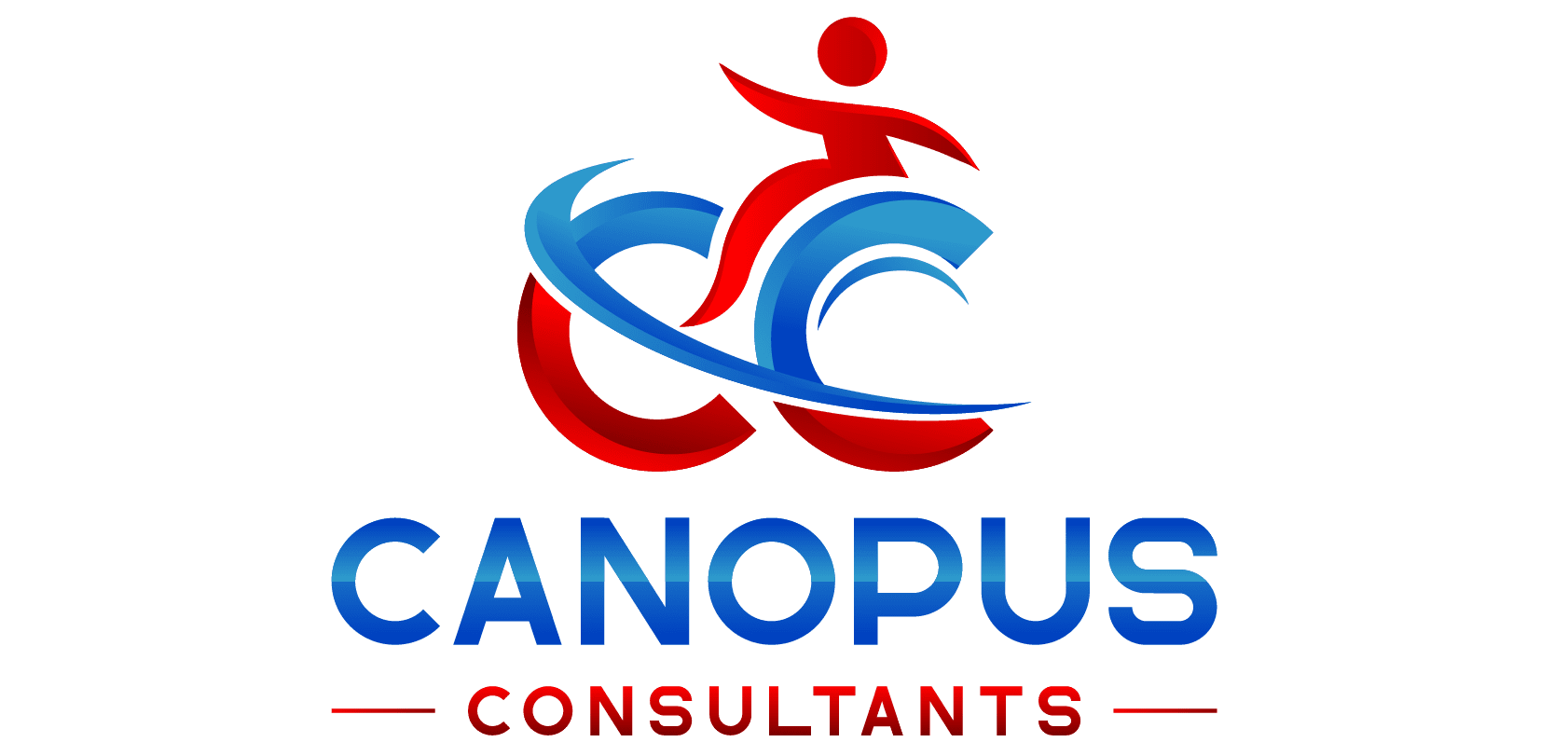
The Importance of NDIS Commission Compliance Services
With the expansion of the NDIS, there has also been an increased focus on ensuring that service providers comply with the standards and regulations set forth by the NDIS Quality and Safeguards Commission.
1. NDIS Quality and Safeguards Commission
The NDIS Quality and Safeguards Commission is responsible for regulating NDIS providers, ensuring they deliver safe and quality services to NDIS participants. The commission sets out rules, standards and requirements that all service providers must adhere to in order to maintain compliance.
Key Functions of the Commission
· Registration and Compliance:
The Commission is responsible for registering and regulating NDIS service providers to ensure they meet the necessary standards and requirements. Providers must demonstrate compliance with the NDIS Practice Standards, Code of Conduct, and other relevant rules and guidelines to maintain their registration.
· Monitoring and Oversight:
The Commission conducts monitoring and compliance activities to assess providers’ adherence to the NDIS standards and safeguards. This includes audits, inspections, and investigations to identify any areas of non-compliance and take appropriate enforcement action when necessary.
· Complaints Resolution:
The Commission handles complaints and feedback from NDIS participants, their families, carers, and the broader community regarding the quality of services provided. Through its complaints resolution process, the Commission aims to address concerns, resolve issues, and ensure that participants receive the support they need.
· Education and Training:
The Commission provides education, resources, and training to NDIS participants, providers, and the wider community to promote understanding of the NDIS standards and safeguards. By raising awareness and building capacity, the Commission aims to foster a culture of compliance and best practice within the disability service sector.
2. Compliance Services
NDIS compliance services are critical for service providers to ensure they meet the necessary regulatory requirements. These services are designed to support providers in understanding and implementing the NDIS standards, assisting them in navigating the complexities of compliance and ultimately ensuring the delivery of high-quality services to NDIS participants.
Key Areas Covered by Compliance Services
· Regulatory Understanding:
Compliance services assist organizations in navigating the often intricate web of regulations and standards governing their industry. This involves keeping abreast of relevant laws, directives, and guidelines, and interpreting their implications for the organization’s operations.
· Risk Management:
Assessing, mitigating, and managing risk is a crucial component of compliance. Compliance services help organizations identify potential risks, implement controls to address them, and develop comprehensive risk management frameworks that align with regulatory requirements.
· Policy Development and Implementation:
Establishing robust policies and procedures is essential for ensuring compliance. Compliance services aid organizations in developing and implementing effective policies that address regulatory requirements, ethical considerations, and industry best practices.
· Training and Education:
Ensuring that staff are knowledgeable about compliance requirements is vital. Compliance services provide training and educational resources to familiarize employees with relevant regulations, ethical standards, and the organization’s own compliance protocols.
· Audits and Assessments:
Regular audits and assessments are conducted to evaluate an organization’s adherence to regulatory requirements. Compliance services assist in preparing for and conducting these assessments, identifying areas for improvement, and implementing corrective measures as needed.
3. Governance and Risk Management
Compliance services help providers establish and maintain robust governance structures that align with the NDIS standards. By implementing effective governance structures, providers can ensure accountability, transparency, and ethical conduct within their organizations.
The Intersection of Governance and Risk Management
· Alignment of Objectives:
Governance and risk management are intrinsically linked through the common goal of safeguarding
organizational objectives.
Effective governance ensures that risk management strategies are integrated into the decision-making processes, thereby aligning risk management practices with the organization’s strategic direction and overall governance framework.
· Accountability and Transparency:
Governance provides the foundation for fostering accountability and transparency within an organization. By establishing clear lines of responsibility and decision-making processes, effective governance supports the transparent identification, assessment, and communication of risks, enabling stakeholders to understand and address potential threats in a responsible and accountable manner.
· Ethical Conduct and Compliance:
Governance frameworks set the tone for ethical conduct and compliance with laws, regulations, and industry standards. By integrating risk management practices into governance structures, organizations can proactively identify and address potential compliance risks, ensuring that ethical considerations are central to strategic decision-making and operational processes.
· Decision-Making and Resilience:
Sound governance practices contribute to informed and resilient decision-making across an organization. By incorporating risk management principles, governance frameworks enable organizations to assess potential risks, evaluate their potential impact on organizational objectives, and make strategic decisions that reflect a thorough understanding of potential uncertainties and opportunities.
4. Quality Assurance
Meeting the quality standards set by the NDIS is paramount for service providers. Compliance services assist providers in developing and implementing quality assurance frameworks that focus on service delivery, participant outcomes, and continuous improvement. This involves regular audits, evaluations, and feedback mechanisms to ensure that services are meeting the required quality benchmarks.
Key Elements of Quality Assurance
· Quality Planning:
Quality assurance begins with thorough planning, which involves defining quality objectives, setting measurable metrics, and determining the processes, resources, and responsibilities required to achieve those objectives. Quality planning sets the foundation for subsequent quality assurance activities throughout the product or service lifecycle.
· Quality Control:
Quality control entails monitoring and inspecting products, processes, or services to ensure they conform to established quality standards. It involves conducting tests, inspections, and measurements to identify any quality deviations or defects, and implementing corrective actions as needed. Quality control activities help prevent the release of substandard products or services to customers.
· Documentation and Standardization:
Documenting quality-related processes, procedures, and specifications is crucial for consistent and standardized practices. Quality assurance emphasizes creating and maintaining accurate documentation that provides clear instructions and guidance to stakeholders involved in the production, delivery, and support of products and services.
· Continuous Improvement:
Quality assurance recognizes the importance of ongoing improvement in order to meet changing customer requirements, regulations, and industry trends. This involves regularly reviewing quality metrics, gathering feedback, analyzing performance data, and implementing corrective actions to enhance product and service quality continuously.
5. Incident Management
In the event of an incident or complaint, it is essential for providers to have robust incident management processes in place. Compliance services help providers establish effective incident reporting and management systems, ensuring that all incidents are appropriately addressed, documented, and reviewed in accordance with NDIS requirements.
Key Elements of Incident Management
· Response and Notification:
When an incident occurs, swift and effective response and notification processes are crucial. This involves promptly identifying and assessing the scope and impact of the incident, initiating necessary notifications to relevant stakeholders, and activating the incident management team to begin the resolution process.
· Classification and Prioritization:
Proper classification and prioritization of incidents are essential for allocating appropriate resources and response efforts. Incidents are categorized based on their impact, urgency, and severity, allowing organizations to address critical issues in a timely manner while managing less severe incidents according to their priority.
· Escalation and Resolution:
Incident management involves clear escalation paths and workflows to ensure that critical incidents receive immediate attention from designated response teams. The resolution process entails diagnosing the root cause, implementing corrective actions, and reinstating normal operations while keeping stakeholders informed of the progress.
· Documentation and Analysis:
Comprehensive documentation of incidents, including their causes, impact, response actions, and resolutions, allows for thorough analysis and the identification of recurring patterns or systemic issues. This data-driven approach enables organizations to implement preventive measures and continuous improvements to prevent similar incidents from reoccurring.
6. Staff Training and Development.
Ensuring that staff are well-trained and equipped to deliver services in compliance with NDIS standards is crucial. Compliance services support providers in developing and delivering training programs that focus on areas such as disability awareness, person-centered care, and the rights of NDIS participants. This helps in creating a skilled and knowledgeable workforce that can meet the unique needs of people with disabilities.
Key Elements of Staff Training and Development
· Training Needs Analysis:
To identify specific training needs, organizations conduct a comprehensive analysis of employee skills, knowledge gaps, and performance requirements. This analysis helps determine the areas where training and development initiatives will have the most significant impact, ensuring that resources are allocated effectively and efficiently.
· Designing Training Programs:
Once training needs have been identified, organizations can design and develop training programs tailored to address those needs. Effective training programs align learning objectives with the organization’s strategic goals, utilize engaging instructional methods, and incorporate assessments to measure learning outcomes.
· Delivery Methods and Modalities:
Staff training and development initiatives can be delivered through various methods and modalities, such as in-person workshops, online courses, mentoring programs, job rotations, and on-the-job training. Organizations should consider the most appropriate delivery methods that maximize learning outcomes, accommodate different learning styles, and provide flexibility for employees.
· Evaluation and Feedback:
Ongoing evaluation and feedback mechanisms are vital to determine the effectiveness of staff training and development programs. Organizations can utilize surveys, assessments, performance reviews, and participant feedback to measure the impact of training initiatives, identify areas for improvement, and make necessary adjustments for future training efforts.


